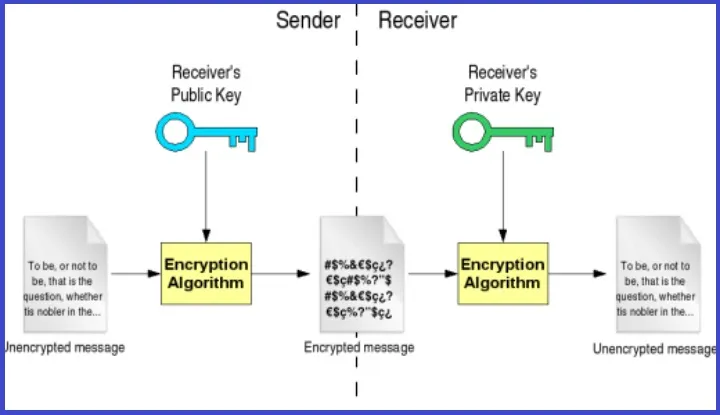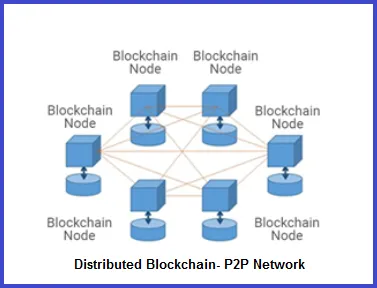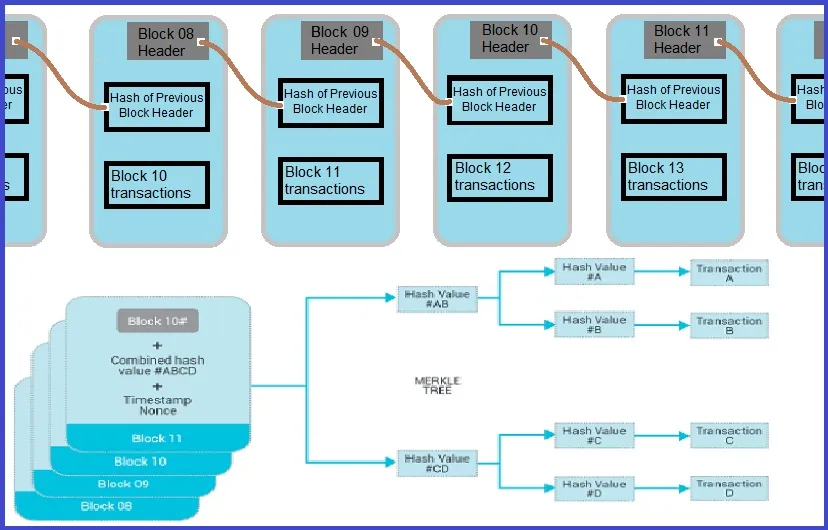
Several years ago, the transfer of value using digital assets was unrealisable. This is due to the fact that digital assets can be easily copied which created a problem known as double spending. Double spending is the act of spending the same unit of value more than once by duplicating it, thereby preventing a secure peer to peer transfer of digital assets.
A solution to the "double spending" problem became evident when an innovative peer to peer electronic cash system called Bitcoin immerged in 2009, enabling online payments to be transferred directly without the use of an intermediary. The underlying solution was made possible by the blockchain technology. To understand fully how the blockchain works, lets look at following four key concepts:
Hashing
The transformation of a string of characters into a usually shorter predetermined length which represents the original is know as hashing. The computation processes are carried out by a hash function and the resulting string of characters after hashing is called a hash. Even if an original string of characters differs from the other by just one character and even though they have the exact same meaning, their resulting hash will be completely different. Hashing therefore makes it quite easy to validate the authenticity of data when comparing two or more versions.

Public/Private key cryptography
When digital assets are sent over the Blockchain, they are actually being sent to a hashed version of what’s known as the “Public Key”. There is another key known as the “Private Key which is hidden from the receiver. This Private Key is used to derive the Public Key. Everyone on the Blockchain knows their own Private Key. The Private Key is the longer of the two, and is used to generate a digital signature for each blockchain transaction a user sends out.This signature is used to confirm that the transaction originates from the user, and prevents the transaction from being tampered with by anyone once it has been issued.

Decentralization through P2P networking
The blockchain isn’t just a single entity. It is actually copied and shared throughout a large network of computers. These computers are called nodes and are connected to the blockchain.

The Blockchain Data Structure
The structure of the blockchain data is a well arranged, back-linked list of transaction blocks. Blocks are connected to another by series of hashes in such a way that each block refers to the preceeding block in the chain. The series of hashes connecting each block to its parent makes a chain going back to the first block, referred to as the genesis block. The result is that once a block has numerous generations, it can not be tampered with without forcing a recalculation of all successive blocks. Since such recalculation would need enormous computation, the presence of a long chain of blocks ensure that the blockchain is immutable.
It is therefore nearly impossible to tamper with files transacted, verified and stored on the blockchain.

The blockchain is indeed an amazing technological solution to a long overdue problem that underlies all activities which involve the exchange of value between two or more users by enabling trust through decentralization and thus eliminating the need for a third party. The blockchain therefore gives rise to a wide variety of business applications which will be covered in my next article titled " The Blockchain-A new revolution "

Sources:
Techbullion, webforum, Blockgeeks, thenextweb,
cfbtranslations, businesstoday